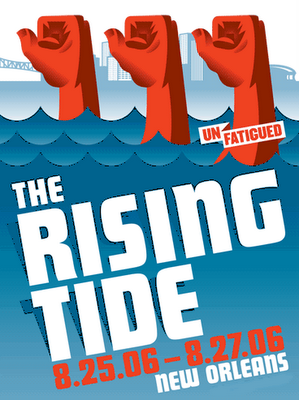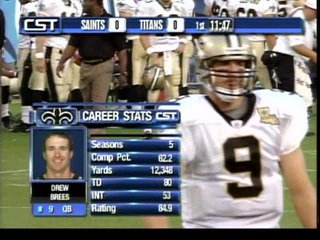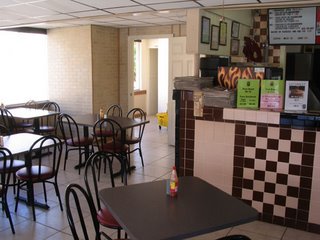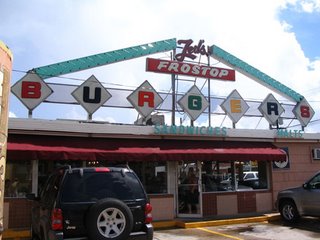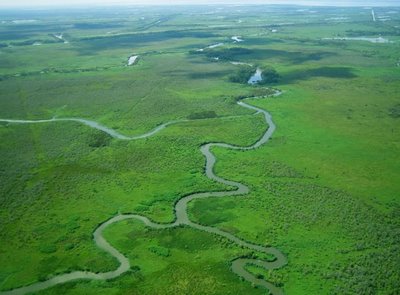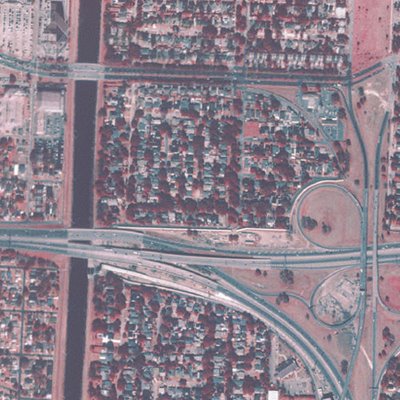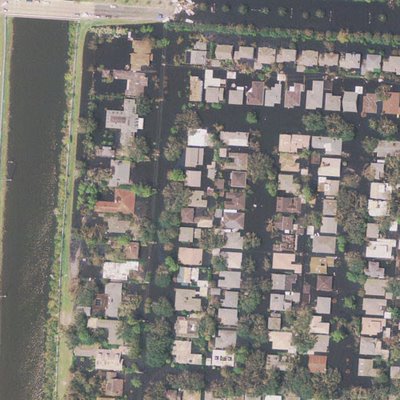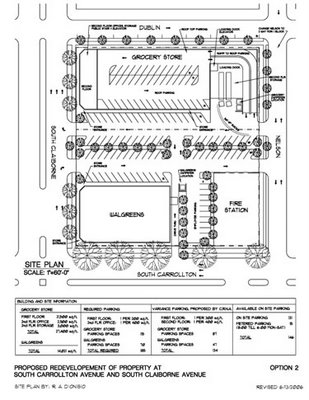Now that we've had some tranasctions and a couple of cuts, it's time to update my predictions. There hasn't been much change from the last one.
QUARTERBACK(3): Drew Brees (starter), Jamie Martin, Todd Bouman
COULD MAKE THE TEAM: Adrian McPherson
COMMENTS: Bouman’s preseason performance gives him a chance to stick around. McPherson’s injury keeps him from gaining experience
RUNNING BACK (4): Deuce McAllister (starter), Reggie Bush, Aaron Stecker, Jamaal Branch
COULD MAKE THE TEAM: None
COMMENTS: Fred McAfee is gone.
FULLBACK (2): Mike Karney (starter), Keith Joseph
COULD MAKE THE TEAM: None
COMMENTS: I don't suspect we'll se a lot of fullback formations this year, especially if we see Bush and McAllister in the backfield at the same time.
WIDE RECEIVER (6): Joe Horn (starter), Devery Henderson (starter), Jamal Jones, Marques Colston, Bethel Johnson, Mike Hass
COULD MAKE THE TEAM: Michael Lewis, Chris Horn, Chase Lyman, Lance Moore
COMMENTS: Stallworth has been traded to the Eagles. That makes room to add one. I'm adding Hass.
TIGHT END (3): Ernie Conwell (starter), Mark Campbell, Nate Lawrie
COULD MAKE THE TEAM: Zachary Hilton, Billy Miller
COMMENTS: What the hell happened to Zach Hilton? Is this guy the second coming of John Farquhar?
OFFENSIVE LINE (9): Jamaal Brown (starter), Montrae Holland (starter), Jeff Faine (starter), Jermane Mayberry (starter), Jon Stinchcomb (starter), Jamar Nesbit, Zach Strief, Jahri Evans, Jonathan Goodwin
COULD MAKE THE TEAM: Dwayne Ledford, Ben Archibald
COMMENTS: I really don’t think Ledford and Archibald can make the team, but they only have 11 offensive linemen in camp right now.
DEFENSIVE LINE (8): Charles Grant (starter), Will Smith (starter), Brian Young (starter), Hollis Thomas (starter), Willie Whitehead, Rob Ninkovich, Rodney Leisle, Antwan Lake
COULD MAKE THE TEAM: Brandon Villareal, Tony Bryant, Jimmy Verdon, Josh Williams, Joe Minucci
COMMENTS: The Saints claimed Lake off waivers from the Falcons. And they need a veteran DT rotation. It looks like the fight for the last couple of spots will be unpredictable.
LINEBACKERS (7): Scott Fujita (starter), Mark Simoneau (starter), Scott Shanle (starter), Jay Foreman, Colby Bockwoldt, Alfred Fincher, Tommy Polley
COULD MAKE THE TEAM: Terence Melton, E.J. Kuale
COMMENTS: I get this suspicion that Colby Bockwoldt will be cut. But I'm keeping him on the roster right now. But if I was right about Stallworth (of course, that wasn't hard)....
DEFENSIVE BACKS (9): Mike McKenzie (starter), Fred Thomas (starter), Jay Bellamy (starter), Roman Harper (starter), Josh Bullocks, Bryan Scott, Jason Craft, Josh Lay, Anwar Phillips
COULD MAKE THE TEAM: Omar Stoutmire, Grant Mason, Steve Gleason
COMMENTS: I missed on Joey Thomas. I originally had him in because he was on the second team. But I'll give the last spot now to Lay for the time being.
SPECIAL TEAMS (3): John Carney (kicker), Steve Weatherford (punter)
COULD MAKE THE TEAM: Mitch Berger, Kevin Houser (long snapper)
COMMENTS: I'll switch on Weatherford for the time being. He seems fine right now as an NFL punter. There are strong rumors too that Kevin Houser is on the bubble.
OFF SINCE THE LAST LIST: Donte Stallworth, Brandon Villareal, Terence Melton, Joey Thomas, Mitch Berger
ON SINCE THE LAST LIST: Mike Hass, Antwan Lake, Mark Simoneau, Josh Lay, Steve Weatherford
UPDATE: CG at Saintsdoggle
has a post covering Terry Bradshaw giving his take on the future of the Saints in New Orleans.
KATRINA DAY UPDATE: Upon further review, I have given in to the rumors and dumped Kevin Houser from the roster. I am replacing him with Keith Joseph.
TAGS:
Katrina,
New Orleans,
NOLA,
New Orleans Saints,
Saints,
NFL,
Preseason

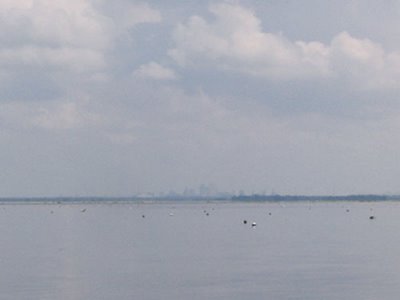



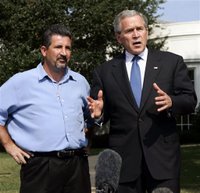
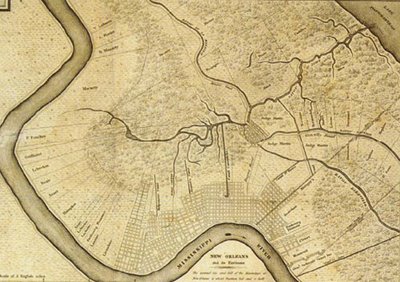 1828 Odgen Plan of New Orleans and its Environs. The most noteworthy feature of this plan is the extension of Bayou St. John from the Carondelet Canal (its current-day "headwaters" near the city vehicle inspection station) into current-day Broadmoor, Fontainebleau, and Carrollton. Clinging to the Mississippi River Ridge, New Orleans is limited to Faubourg Marigny, the Vieux Carre, Treme, Faubourg St. Mary, the Lower Garden District, the Irish Channel, and the Garden District. The Bayou Road travels from the Vieux Carre to the development centered on Grand Route St. John situated on the high ground at the junction of Bayou St. John and Bayou Gentilly--the current-day neighborhood riverside of The Fairgrounds. In this view, the "Creole St. Charles" Esplanade Avenue has not yet been extended beyond the Quarter towards Bayou St. John and the Marigny Canal demarks the future location of Elysian Fields. Also, the arpent-based property lines running perpendicular from the Mississippi River can be seen from the the edge of the built city (current-day Uptown) upriver to Carrollton.
1828 Odgen Plan of New Orleans and its Environs. The most noteworthy feature of this plan is the extension of Bayou St. John from the Carondelet Canal (its current-day "headwaters" near the city vehicle inspection station) into current-day Broadmoor, Fontainebleau, and Carrollton. Clinging to the Mississippi River Ridge, New Orleans is limited to Faubourg Marigny, the Vieux Carre, Treme, Faubourg St. Mary, the Lower Garden District, the Irish Channel, and the Garden District. The Bayou Road travels from the Vieux Carre to the development centered on Grand Route St. John situated on the high ground at the junction of Bayou St. John and Bayou Gentilly--the current-day neighborhood riverside of The Fairgrounds. In this view, the "Creole St. Charles" Esplanade Avenue has not yet been extended beyond the Quarter towards Bayou St. John and the Marigny Canal demarks the future location of Elysian Fields. Also, the arpent-based property lines running perpendicular from the Mississippi River can be seen from the the edge of the built city (current-day Uptown) upriver to Carrollton.



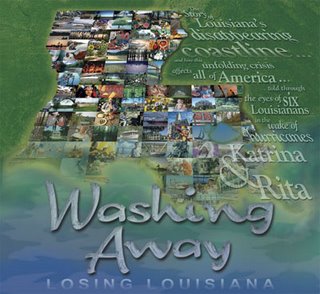
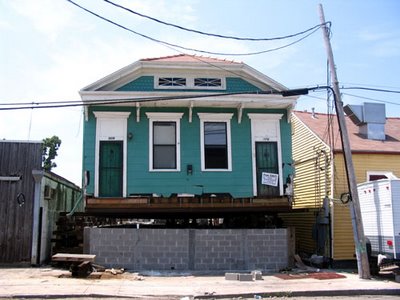
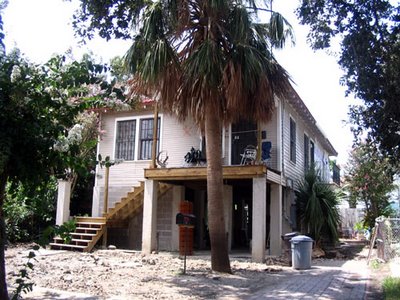 Above are two examples of "off-the-ground" 1920/30's-built houses whose owners have decided to raise them even higher post-KTMB. Although both of these Mid City houses along the Bayou St. John Ridge took in water a year ago--you know, because of
Above are two examples of "off-the-ground" 1920/30's-built houses whose owners have decided to raise them even higher post-KTMB. Although both of these Mid City houses along the Bayou St. John Ridge took in water a year ago--you know, because of 